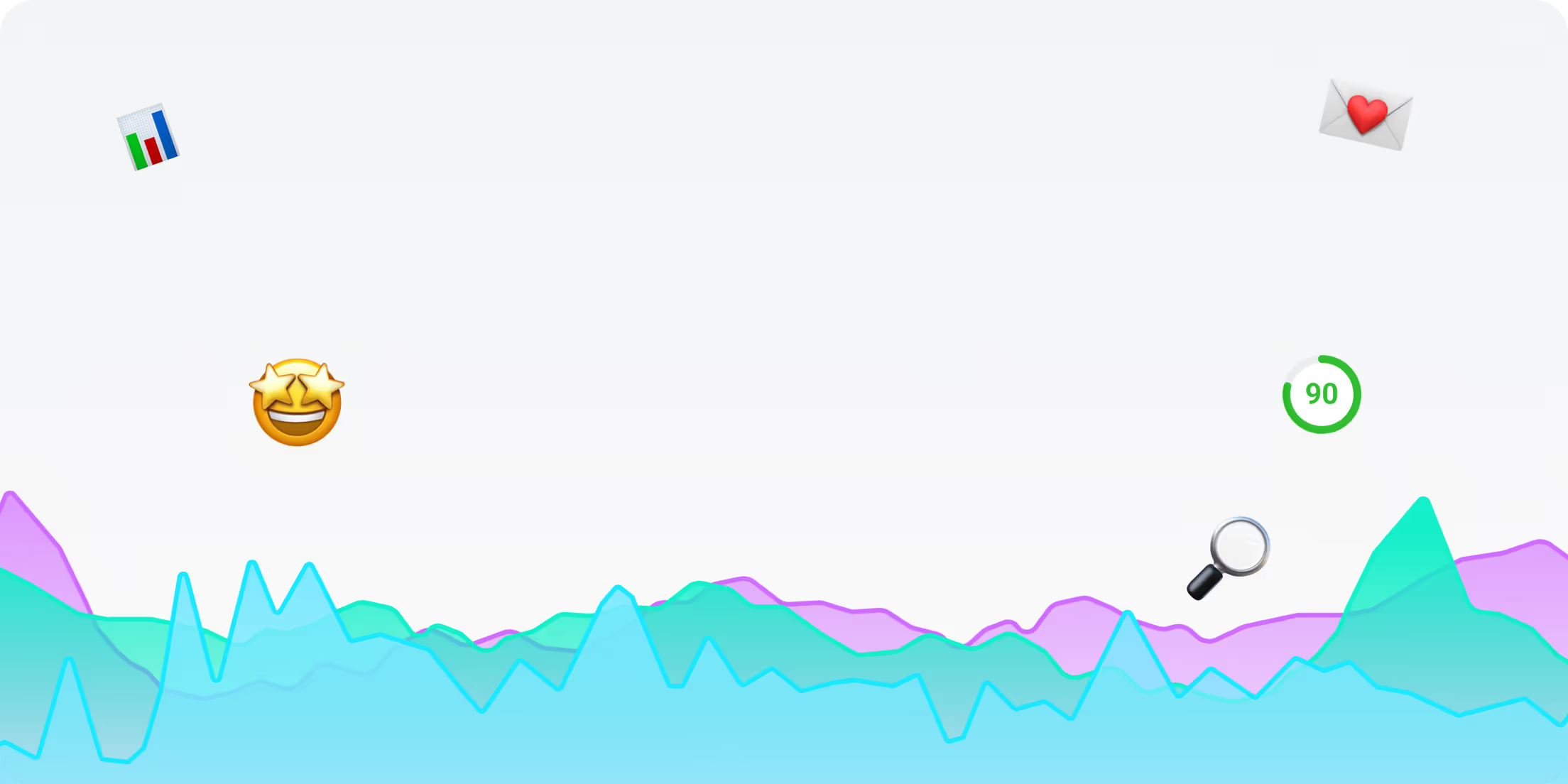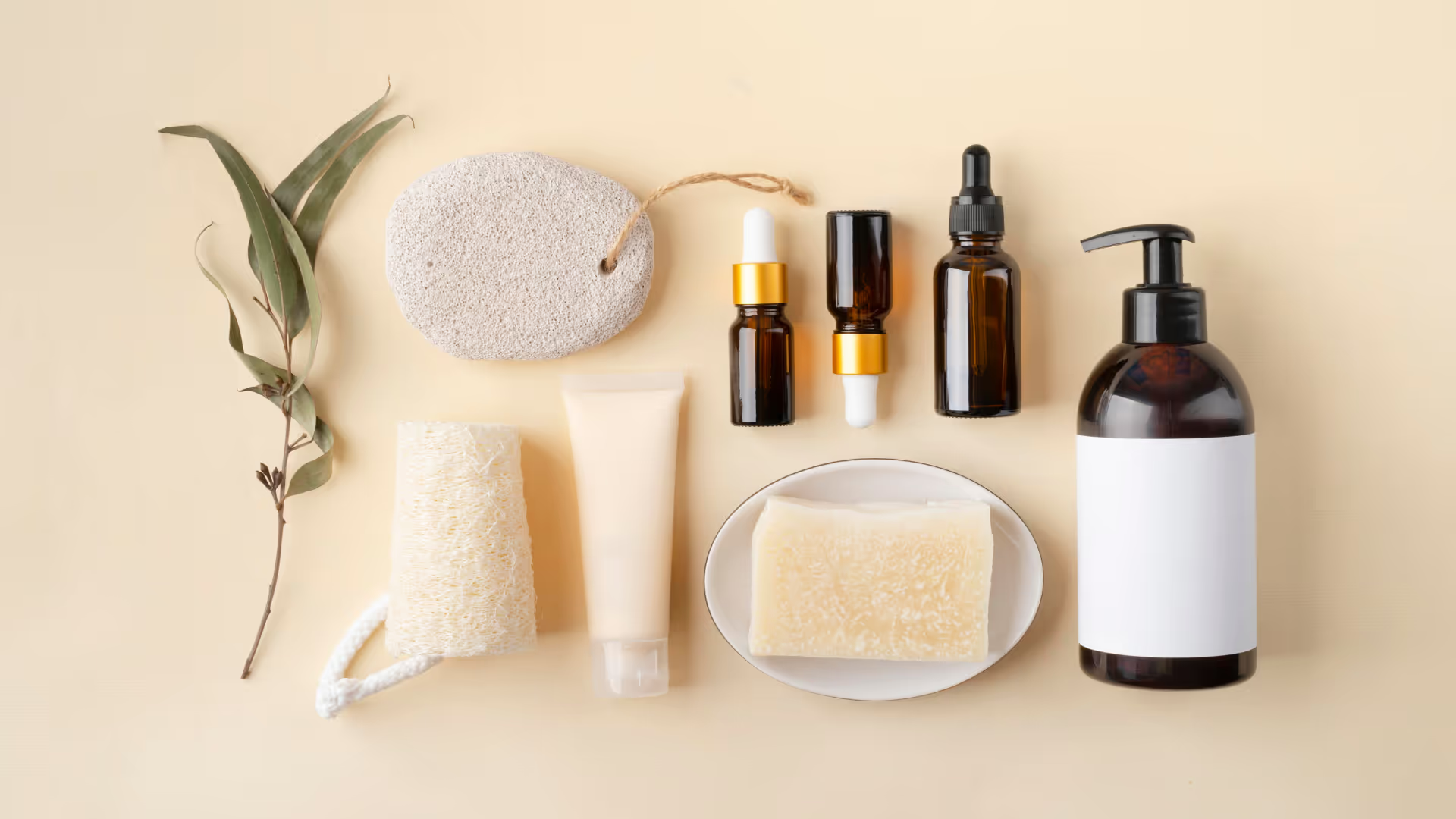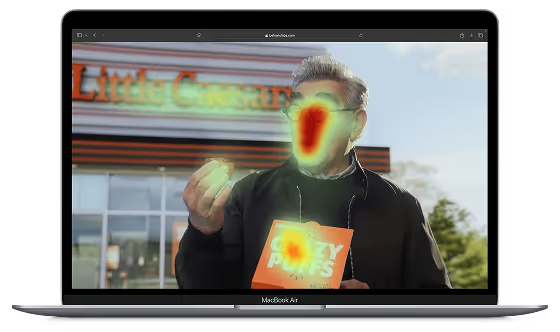Sure, there’s a lot you can brainstorm in the safety of your brand offices, but only the data you get when peaking outside into the real world can safely answer things like:
- How many potential customers can you reach?
- How many of them are light/heavy buyers?
- Which one of your competitors is gaining the upper hand?
- What are the demographics of the people involved in your category?
- Has anything your marketing department done in the past months translated into actual sales numbers?
And so much more – brand tracking can provide you with answers to all of these burning questions!
1. What is brand tracking and why bother?
Brand tracking is a critical component of any comprehensive marketing strategy – it involves monitoring and analyzing various metrics over time to understand how consumers perceive your brand.
With brand tracking, you can see whether your brand campaigns work, understand your growth potential, keep an eye on your competitors, or track your market metrics. The list goes on!
Long story short: it’s a surefire way to monitor your brand growth and demonstrate the return on brand marketing spend (ROI).
2. When can brand tracking help you the most?
The straightforward answer is – “always.”
Here are some of the instances when brand tracking data comes in handy:
- You have been focusing on performance-based marketing for a long time and you want to see where your brand is.
- You are preparing a (first) brand campaign, and want to see if and how it helps your brand grow
- You want to see your competitors’ strengths and weaknesses and see how you stack up against them
- You want insights about what people actually think about your brand (or about your competitors). What are their barriers to purchase? What do they love?
- You want to expand to other countries
… or you simply want to rely on real data to make strategic decisions. Brand tracking is simply essential.
3. Which metrics should you care about?
Brand campaigns, and all brand marketing for that matter, can be a pain to evaluate correctly. Brand tracking is the most effective way to prove that the TV campaign you’ve spent your last 10 months making made an actual difference.
Here are some of the metrics you should consider when tracking your brand:
- brand awareness – recognition and recall of a brand by consumers, indicating their familiarity with the brand. It’s basically about how familiar a brand is to people. Let’s say you’re chatting with friends about smartphones, and most of them know about brands like Apple and Samsung. These brands have high brand awareness because they’re widely recognized.
- brand emotion – emotional connection consumers have with a brand. You may choose a brand not only for its features but also for the emotions it brings.
- brand associations/attributes – mental connections linked to a brand shaping consumers’ perceptions, e.g., when you think of your favorite brand of sneakers as “comfortable”, “eco-friendly” or “fun”.
Combined, these metrics provide you with a larger picture of where you stand on the market, how you stack up against your competition, and where to move next.
One of the key metrics to keep an eye on when tracking your brand is salience, also known as mental availability. Effective brand campaigns improve this metric, a lack of brand presence may decrease it.

What is salience/mental availability?
Leading brand marketing experts Jenni Romaniuk and Byron Sharp have
this metric as a
“brand’s propensity to be noticed or come to mind in buying situations.”
The Ehrenberg-Bass Institute for Marketing Science
a high mental availability (salience)
“means that buyers easily think of the brand when buying and recognize it quickly.”
So how does this tie in with your sales numbers?
Your salience correlates with your market share.
Changes in brand salience today are linked to shifts in your market share within the next 6–12 months. As magical as this may sound, there is a plethora of data that supports this.
4. How do I start with brand tracking?
I know what you’re thinking: “That’s a whole lot of metrics and I just don’t have the time – or money – to invest in covering all the bases.”
The good news is that you don’t (and shouldn’t) do this on your own. Much like with anything else on the planet – there’s an app for that!
Brand tracking by Behavio saves you time and money with:
- Get actionable insights in an easy-breezy dashboard. Forget 100s of presentation slides with incoherent data. Behavio’s insights go straight to the point and are easy to understand.
- Spend only about 30 minutes on initial onboarding. We know you have better things to do than decipher new marketing tools – that’s why we won’t bother you with all the technical stuff. Unless you want us to!
- Track brilliant metrics at a fraction of the traditional price. We know for a fact your company spends more on coffee every month. And much like what caffeine does to your brain, brand tracking can boost your brand’s performance.











.avif)








